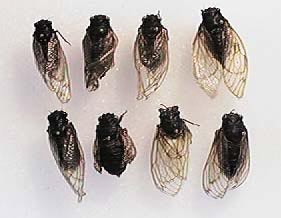 Speaking of food, there is an amazing photo gallery from Time Magazine. (It is based of a book called Hungry Planet.) Each of the 15 photos show family members standing around the food that would make up a series of typical meals for the week, plus the weekly cost and a list of their favorite foods.
Speaking of food, there is an amazing photo gallery from Time Magazine. (It is based of a book called Hungry Planet.) Each of the 15 photos show family members standing around the food that would make up a series of typical meals for the week, plus the weekly cost and a list of their favorite foods.Not surprisingly, the most processed food surrounds... you guessed it. The American families. This is even more intriguing to me as I am currently reading An Omnivore's Dilemma. This book discusses the food processing that I (and many Americans) seldom consider. (For instance, did you know there are 38 ingredients required to make a Chicken McNugget?!) If you are not so interested in reading the entire book, you could check out the article author Michael Pollan wrote in the New York Times. Some of his advice includes:
Eat food. Though in our current state of confusion, this is much easier said than done. So try this: Don’t eat anything your great-great-grandmother wouldn’t recognize as food. (Sorry, but at this point Moms are as confused as the rest of us, which is why we have to go back a couple of generations, to a time before the advent of modern food products.) There are a great many foodlike items in the supermarket your ancestors wouldn’t recognize as food (Go-Gurt? Breakfast-cereal bars? Nondairy creamer?); stay away from these.
Especially avoid food products containing ingredients that are a) unfamiliar, b) unpronounceable c) more than five in number — or that contain high-fructose corn syrup.None of these characteristics are necessarily harmful in and of themselves, but all of them are reliable markers for foods that have been highly processed.


